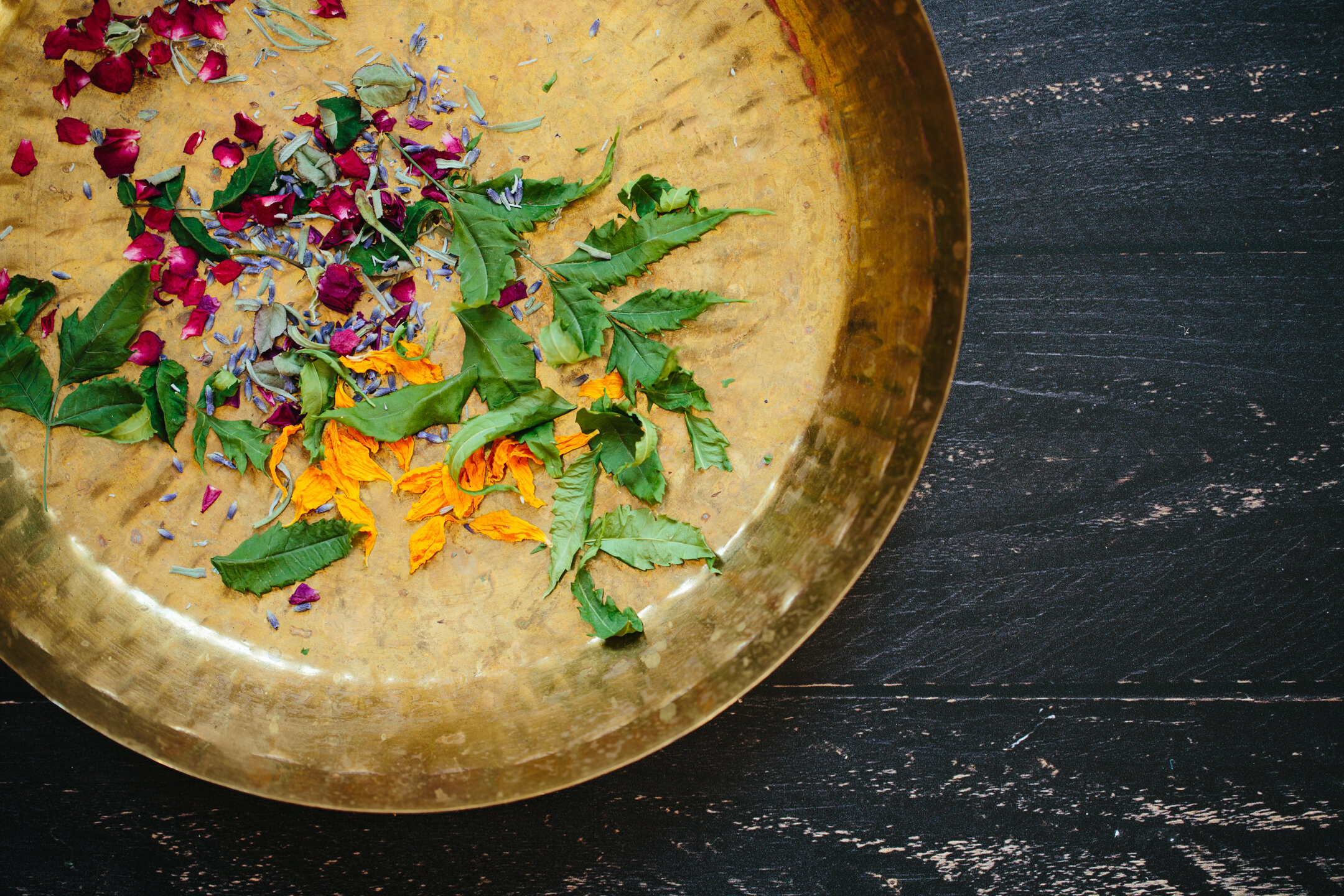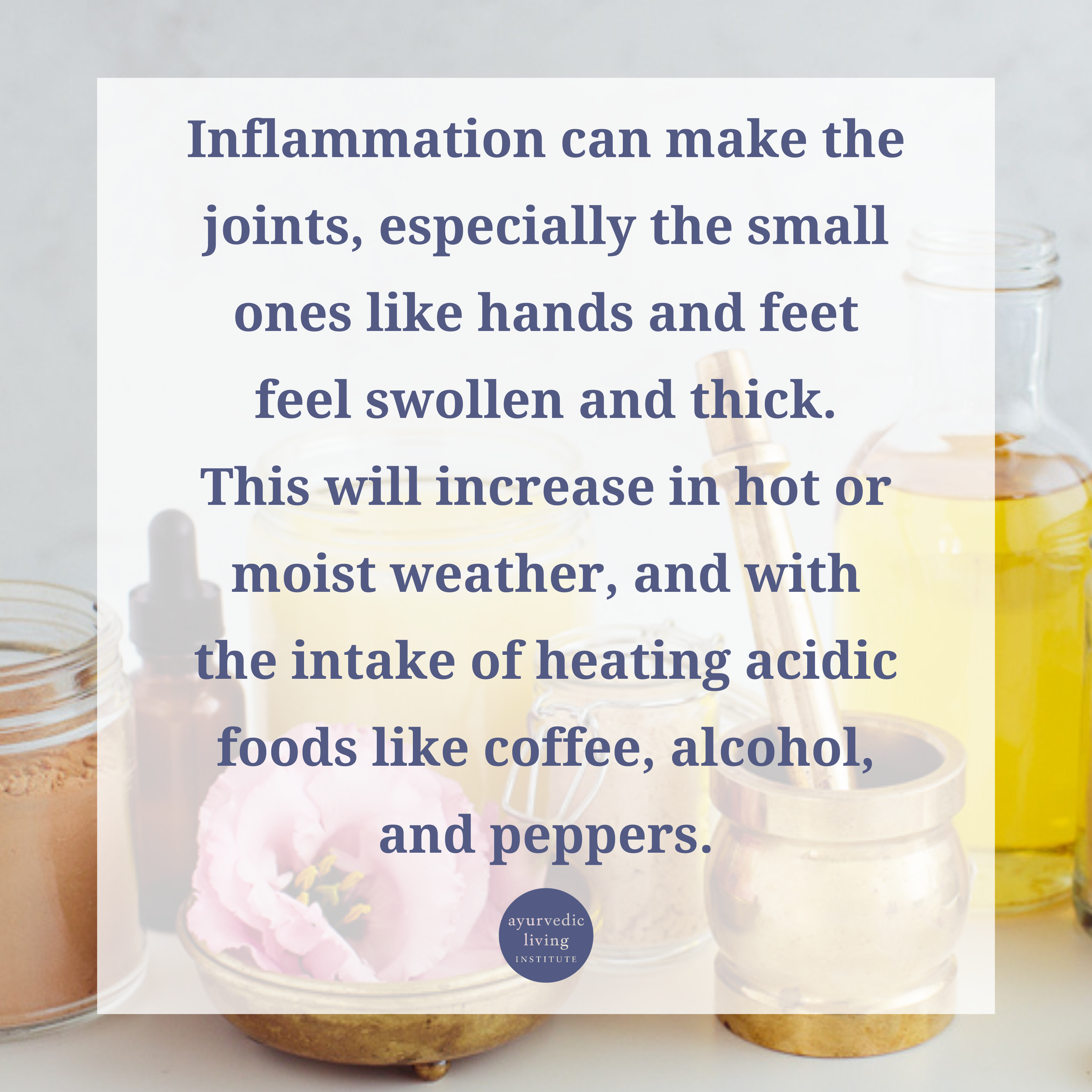
THE SEASONAL BLOG
The Seasonal blog is a collection of articles and musings from Ayurvedic Practitioner, Kate O’Donnell.
Here you’ll find a sanctuary of Ayurvedic recipes, lifestyle insights, and self-care rituals designed to nurture your entire being.
Happy reading!
Licorice!
I use this one when I teach long hours and it keeps me from losing my voice.
Demulcents are important in the dry climates. They bring moisture to the mucous membranes and ward off dry colon and lungs- breathe easy, poop easy. It’s amazing stuff and can easily be made into a tea daily to get its benefits.
Botanical name: Glycyrrhiza glabra
Parts used: root
Rasa: sweet
Virya: cooling
Vipaka: sweet
Qualities: unctuous, heavy
Actions: demulcent, soothes dry throat and loosens mucous, has affinity for the respiratory system, esp lungs
Contraindications: can aggravate Kapha, can aggravate high blood pressure in high amounts
I get this one from my buds @banyanbotanicals
HING!
Reduce the bloat.
Hing is the resinous bark of a small tree. It can be found in powdered form, cut with wheat or fenugreek, or in crystals which dissolve when heated. This warming culinary is a must for bringing its oniony flavor and aroma to sattvic dishes and to reduce gases in legume dishes. It appears in many herbal medicines, most often hingvastak churna, a compound where it is roasted in ghee and mixed with cumin and pepper.
Botanical name: Ferula foetida
AKA: Asafoetida
Parts used: bark
Rasa: pungent, bitter
Virya: heating
Vipaka: pungent
Qualities: sharp, penetrating
Actions: enkindles agni, burns ama, reduces gas
Contraindications: aggravates pitta
Shown here, the BEST HING EVER from @pureindianfoods , they don’t lie! And it's got no wheat.
CLOVES!
It’s that time of year where cloves start finding their way into things...like these baked apples.
Cloves are the aromatic flower buds of a tree native to Indonesia. While the majority of the global crop is used for clove cigarettes, the wide range of medicinal uses of clove has made it a regular in home remedies in many cultures. It is the first ingredient in “Thieves oil” which is used to kill germs and increase immunity. It originates from a story of four thieves who robbed bodies during the bubonic plague without contracting the disease.
Botanical name: Eugenia caryophyllata
Parts used: buds
Rasa: pungent, slightly bitter
Virya: cooling
Vipaka: sweet
Qualities: penetrating
Actions: increase agni, improve digestion, analgesic, clove oil especially useful for gums and toothache.
CARDAMOM!
A necessity for chai, cardamom pairs well with sweets and spiced milk. I keep both the green pods and the powder around, depending on whether I’m cooking with it or making teas. This spice has a broad range of healing actions and it is used in many preparations.
Botanical name: Ellettaria cardamomum
Parts used: seeds
Rasa: sweet, slightly pungent
Virya: cooling
Vipaka: pungent
Qualities:
Actions: increases agni, improves digestion, anti-inflammatory, aphrodisiac, expectorant, relieves nausea
Tip: for nausea or bad breath chew on a pod after meals.
INSTANTPOT RECIPE ALERT!
This Red Pumpkin Dal recipe flow is adapted from #everydayayurvedacookbook for the instantpot. It’s a favorite of mine and so easy when you put it in the pot in the AM, then eat when you have the lunch break. Enjoy!
Red Pumpkin Dal
Ingredients:
1 cup red lentil or split mung beans
3 cups water
1 can coconut milk
2-3 cups cubed winter squash (any and all!)
1-2 tbsp seasonal spice mix (see my cookbooks for more!)
Direction:
1. Pressure cook for 5 minutes.
2. Hand-blend if you want it real smooth.
3. Serve with a sprinkle of toasted coconut.
Have you adapted any of my recipes for your IP? Please share below so everyone can benefit!
Ashwagandha!
One of more famous Ayurveda herbal friends.
The name of this herb from the Himalayan foothills means “smell of a horse.” While the root does smell like horse, its use is also said to bring the strength of a horse. This is a common tonic herb for male reproductive vitality, and an adaptogen, which helps the body cope with stress.
Best used in milk.
Botanical name: Withania somnifera
AKA: Winter cherry
Parts used: root, bark
Rasa: bitter, astringent
Virya: heating
Vipaka: sweet
Qualities: heavy, unctuous
Actions: nourishes all seven tissues, improves strength and reduces fatigue, improves memory
Rtucharya: winter
Contraindications: can be heating in excess
Ayurveda texts describe the importance of shifting our diet and routines with the seasons...
Ayurveda texts describe the importance of shifting our diet and routines with the seasons, but something I keep meeting in my Ayurveda practice is the pervasive effects of changes that AREN’T due to nature.
Culture can also be a factor in lifestyle rhythms, and have huge impacts on health. In some places, fall is a time of massive change in daily schedules as children and university students go “back to school” and they as well as their families are swept into a sudden shift in the demands and timetable of daily life. It is wise to take into account the effects such changes have on the system!
If you think about it, it makes sense the digestion, or sleep, or nerves might go through the ringer a bit as things are suddenly quite busy, and quite different, from how they were a week or two ago. Simplifying the diet can make things a lot smoother, as well as taking care to implement a few touchstone routines, such as a consistent lunchtime or bedtime, to ground down the days while change is afoot.
Consider a Fall Community Cleanse as an opportunity to establish these rhythms, with a little help from your friends.
There is often a digestive component, or was at the beginning of the story.
In this case, the pain may increase after eating difficult to digest foods like dairy, wheat, and fatty or fried foods.
In the ayurvedic view, improving the agni, burning ama, and cooling the blood reduce inflammation. See my summer recipes in #everydayayurvedacookbook
Systemic situations can be complicated, and while I share these general principles to shine some light on sources of joint pain, its a good idea to seek out a professional about anything chronic.
The juice on joints.
In the event of dryness, pain will be aggravated by cold, dry weather, and by taking cold, dry food like raw vegetables, crackers, and ice water. Joints are likely to make cracking sounds.
This will be more likely in people with cold, dry constitutions. General vata management, increasing ghee and hemp in the diet, and practicing oil massage regularly can help. Be on your game in cold weather.
The juice on joints.
Why paining?
Joint pain can be due to dryness breaking down articular surfaces and/or, joint pain can be the result of inflammation. Pain in one joint can be structural, while many joints hurting belies a systemic situation.









